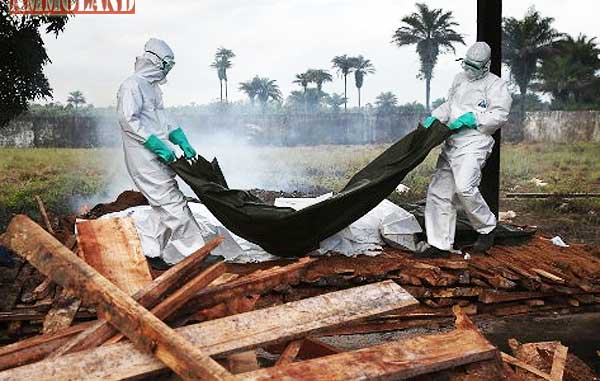“Our own research shows that Ebola Zaire enters human lung cells from the airway side.”


NEW YORK –-(Ammoland.com)- While Centers for Disease Control and World Health Organization officials continue to insist Ebola cannot be transmitted by air from one person to another, an Army manual clearly warns the virus could be an airborne threat in certain circumstances.
us-army-manuel-says-confirmed-cases-of-airborne-ebola-usamrid
These instances have prompted concern of a rare phenomenon of aerosol transmission of infection. Click image to read official Army manual.
The handbook published by the U.S. Army Medical Research Institute of Infectious Diseases, USAMRID, titled “USAMRID’s Medical Management of Biological Casualties Handbook,” is now in its seventh edition.
The most recent edition was published in 2011, with more than 100,000 copies distributed to military and civilian health-care providers around the world.
On page 177 of the handbook, in a chapter discussing “Viral Hemorrhagic Fever” (VHF), a category of viruses that includes Ebola, USAMRID says:
“In several instances, secondary infections among contacts and medical personnel without direct body fluid exposure have been documented. These instances have prompted concern of a rare phenomenon of aerosol transmission of infection.”
Page 177 continues to specify:
“Therefore, when VHF is suspected, additional infection control measures are indicated.”
USAMRID recommends the patient should be hospitalized in a private room with an adjoining anteroom to be used for donning and removing protective barriers, storage of supplies and decontamination of laboratory specimen containers.
US Army Medical Management Of Biological Casualties Handbook USAMRIID BlueBook 7th Edition – Sep 2011[1]
